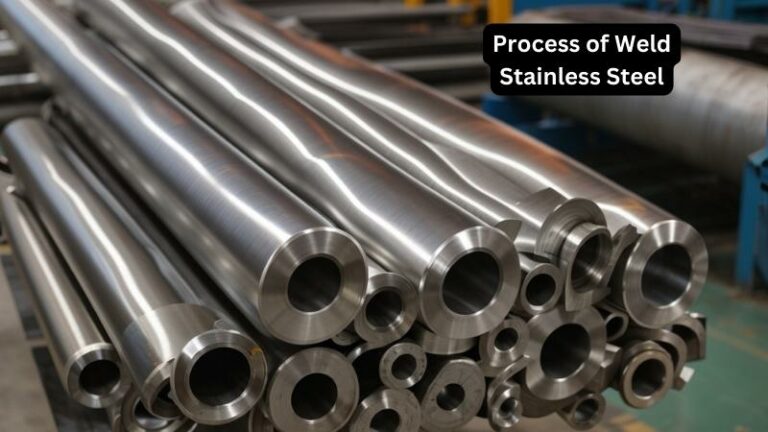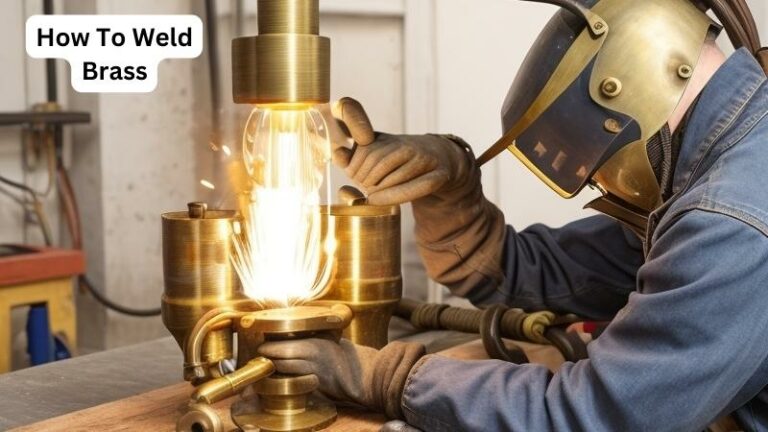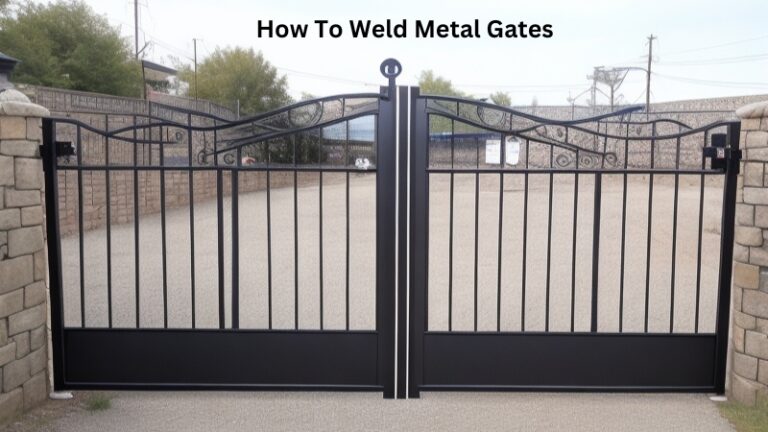How To Weld Rusty Metal
Today we discuss How To Weld Rusty Metal. Welding, an intricate process of joining metal pieces together, is a craft that requires both technical knowledge and artistic finesse. When it comes to welding rusty metal, the challenges can be even greater, as rust weakens the integrity of the metal and compromises its strength. However, armed with the right tools, techniques, and a dash of patience, welding can transform that unsightly, rusty surface into a sturdy and aesthetically pleasing work of art. Whether you are a welding enthusiast or a novice looking to tackle your first rusted metal project, this comprehensive guide will equip you with the necessary skills to conquer rust and breathe new life into your metal creations. So, grab your welding mask, and let’s dive into the world of welding rusty metal!

How To Weld Rusty Metal:
Step 1: Surface Preparation
The first step in welding rusty metal is to prepare the surface for welding. Start by removing any loose rust or debris using a wire brush or sandpaper. This will ensure proper adhesion and create a clean surface for the welding process. It is important to remove as much rust as possible, as welding over rust can weaken the weld joint.
After removing the loose rust, apply a rust converter or rust inhibitor to the remaining rust. This will help to stop the rusting process and prevent further corrosion. Follow the manufacturer’s instructions for applying the rust converter and allow it to dry completely before moving on to the next step.
Step 2: Welding Technique
Once the surface is prepared, it’s time to start the welding process. Begin by setting up your welding equipment according to the type of metal you are working with and the thickness of the material. Consult the welding machine’s manual for specific settings.
Next, position the metal pieces to be welded together, ensuring a tight fit. Use clamps or magnets to hold the pieces in place if necessary. Clean the area to be welded with a degreaser to remove any oils or contaminants that could affect the quality of the weld.
Step 3: Welding Procedure
Before starting the actual welding, it is important to choose the appropriate welding technique. For rusty metal, it is recommended to use a stick welding technique, also known as shielded metal arc welding (SMAW). This technique provides good penetration and is suitable for welding thicker materials.
Start welding by striking an arc on the prepared surface using the welding electrode. Maintain a steady hand and move the electrode along the joint, creating a continuous weld bead. Pay attention to the heat input and avoid overheating the metal, as this can lead to distortion or weakening of the weld joint.
faqs for How To Weld Rusty Metal:
Before you start welding rusty metal, it is important to properly prepare the surface to ensure a strong and durable weld. The first step is to remove any loose rust, dirt, or paint from the metal using a wire brush, sandpaper, or a grinder.
Once the loose debris is removed, you can use a rust converter or rust remover to treat the remaining rust. This will help to stop the rusting process and create a clean surface for welding. After treating the rust, clean the metal with a degreaser to remove any oil or grease that may be present.
Finally, make sure to wear appropriate personal protective equipment, such as gloves and a welding helmet, before starting the welding process.
When welding rusty metal, it is important to keep in mind that the presence of rust can weaken the structural integrity of the metal. Therefore, it is recommended to inspect the metal for any signs of severe corrosion or pitting. If the rust has severely compromised the metal, it may be necessary to replace the affected sections before attempting to weld.
The best welding process for welding rusty metal depends on the thickness of the metal, the type of metal, and the specific application. However, some commonly used welding processes for welding rusty metal include stick welding (SMAW) and flux-cored arc welding (FCAW). These processes are well-suited for welding thicker sections of rusty metal and provide good penetration and strength.
It is worth noting that when welding rusty metal, it is important to use the appropriate welding parameters and techniques to ensure a successful weld. This includes selecting the correct welding electrode, adjusting the welding current and voltage, and using the proper welding technique, such as a weave or whip motion. If you are unsure about the best welding process for your specific application, it is recommended to consult with a professional welder or welding engineer.
Weld porosity, which refers to the presence of small holes or voids in the weld, can be a common issue when welding rusty metal. To prevent weld porosity, it is important to take certain precautions during the welding process.
First, make sure to clean the surface of the rusty metal thoroughly before welding. This includes removing any loose rust, dirt, or paint, as well as using a rust converter or rust remover to treat the remaining rust.
Another factor that can contribute to weld porosity is the presence of moisture or contaminants in the welding consumables, such as the welding electrode or filler metal. Therefore, it is important to store and handle the welding consumables properly to prevent contamination.
This includes keeping them in a dry and clean environment and using them before their expiration date. If you are experiencing persistent issues with weld porosity, it may be helpful to consult with a welding expert or conduct further testing to identify any underlying issues.
When welding rusty metal, it is generally recommended to use a welding electrode that is specifically designed for welding on rusty or contaminated surfaces. These electrodes, often referred to as “rust-resistant” or “self-cleaning” electrodes, are formulated to provide good penetration and fusion in the presence of rust or contaminants. They typically have a flux coating that helps to remove the rust and impurities during the welding process, resulting in a cleaner and stronger weld.
There are different types of rust-resistant electrodes available, such as E6011 or E7018, which are commonly used for welding rusty metal. The specific type of electrode to use depends on factors such as the type of metal, the thickness of the metal, and the welding process being used. It is recommended to consult with a welding supplier or refer to the electrode manufacturer’s guidelines to determine the most suitable electrode for your specific application.
While it is generally recommended to remove the rust from the metal before welding, there are some situations where it may be possible to weld rusty metal without removing all of the rust.
However, it is important to keep in mind that welding over rust can result in a weaker and less reliable weld.
First, make sure to remove any loose rust or debris from the metal using a wire brush or grinder. This will help to create a clean surface for welding.

Source: ytimg.com
🔥Welding the Heaviest Rust we Could Find
conclusion:
learning how to weld rusty metal is a valuable skill that can save you time and money in the long run. By understanding the steps involved, such as surface preparation, proper welding techniques, and post-welding care, you can confidently tackle any rusted metal project that comes your way. Remember to prioritize safety throughout the process, wearing appropriate protective gear and working in a well-ventilated area.
Not only will mastering the art of welding rusty metal enhance your DIY abilities, but it also opens up a world of possibilities for repairing and restoring a wide range of objects. From automotive repairs to home renovations, being able to effectively weld rusty metal empowers you to breathe new life into old or damaged items. So, whether you’re a hobbyist or a professional, don’t shy away from embracing the challenge of welding rusty metal – it’s a skill that can truly transform your projects and make you a more versatile and resourceful individual.



